Camera phones have too many megapixels! I tested the Galaxy S25 Ultra, iPhone 16 Pro Max and more and only one takes better pics at high resolution
When is 12 better than 200?
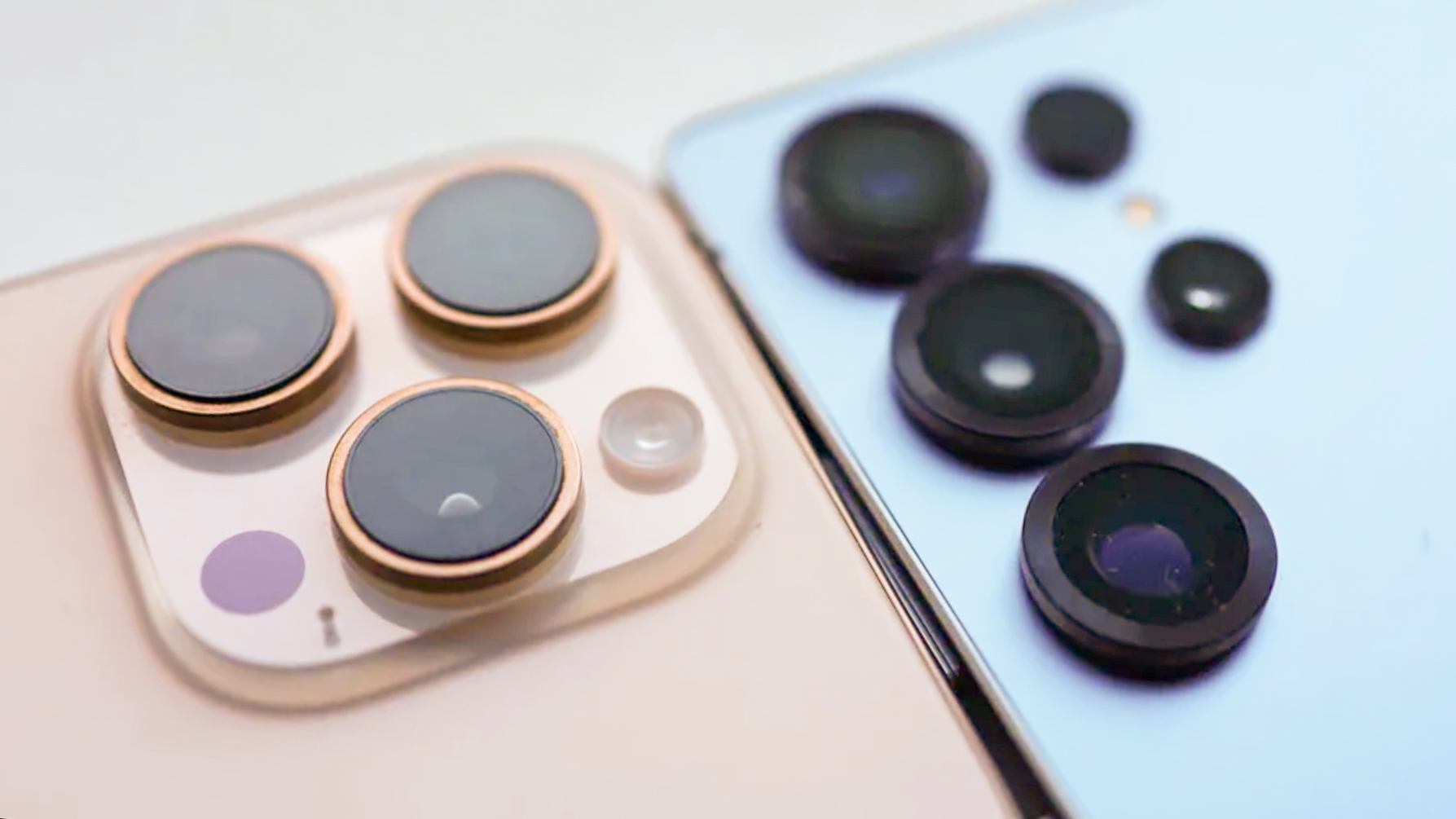
Your new smartphone has a 50MP or even 200MP camera, but are you taking photos at that resolution? By default, most camera phones produce photos that are 12 megapixels, and none of them make it easy to use the highest resolution possible.
Should you ever actually use the high-resolution setting? I test the best camera phones for a living, and after comparing the latest from Apple, Samsung, Google, and OnePlus, my answer is almost always no.
In my experience, taking photos at the maximum megapixel count is a waste of space that can even make your photos look worse. I took the iPhone 16 Pro Max, Samsung Galaxy S25 Ultra, OnePlus 13, and Google Pixel 9 Pro out to test in ideal conditions - a bright, sunny day - to see if more megapixels made better photos.
Here’s what I discovered, including the one phone that gets it right.
The megapixel myth: Why your phone defaults to 12MP
First, why do phones with 48MP, 50MP, or even 200MP sensors give you 12MP photos out of the box? It comes down to two things: sensor size and a trick called "pixel binning."
Compared to a dedicated camera – I used a 24MP Ricoh GRIIIx HDF provided by Ricoh as a benchmark – a smartphone's image sensor is tiny. The iPhone 16 Pro Max has the largest sensor of the group, yet it’s still 40% smaller than the one in the Ricoh.
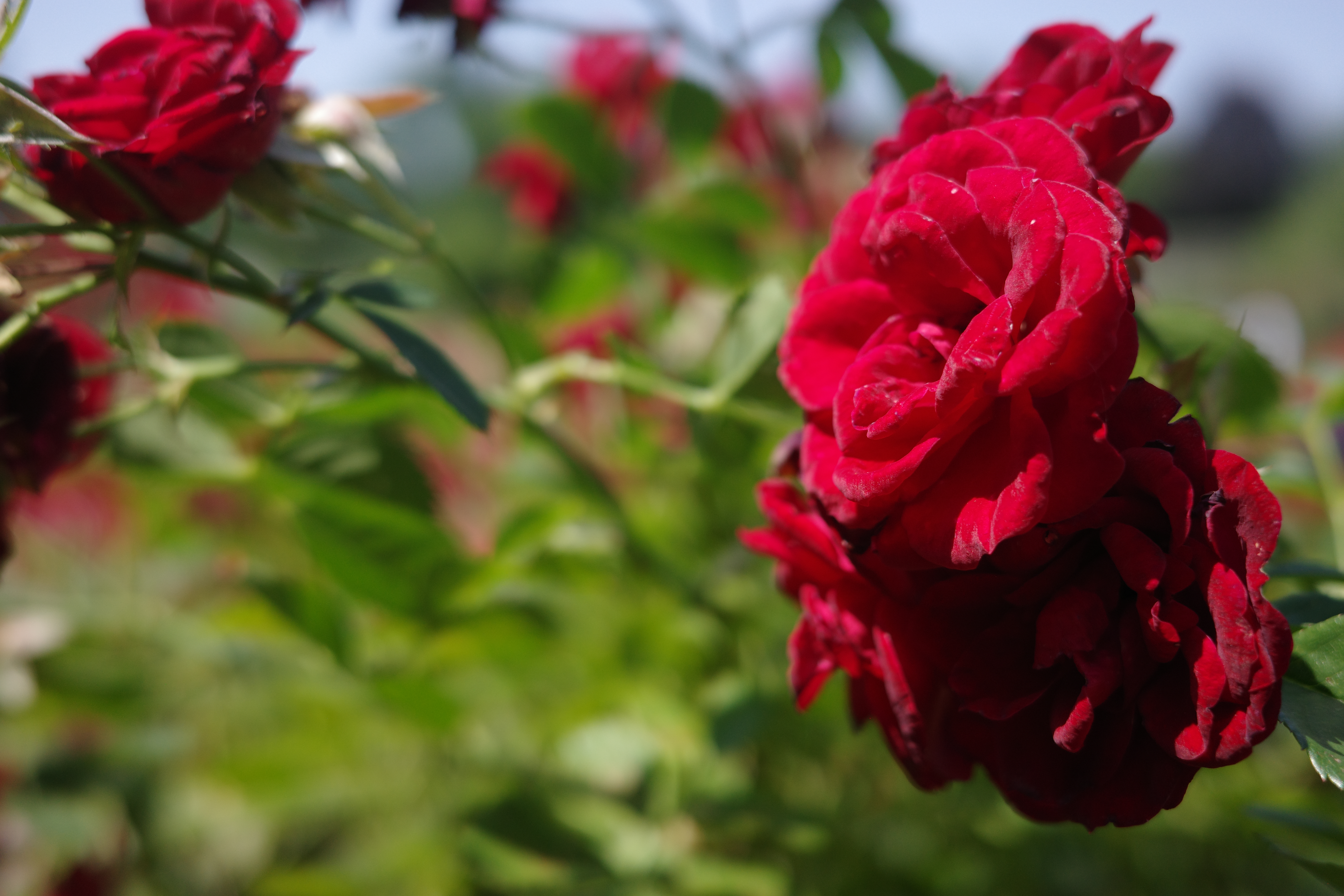

To make up for this physical disadvantage, phones use their millions of pixels to perform a magic trick.
Sign up for breaking news, reviews, opinion, top tech deals, and more.
Pixel binning takes a group of pixels (say, 16 on the 200MP Galaxy) and combines them into one super-pixel. The resulting 12MP image should be sharper, with more accurate color and less noise. But does shooting with all of the original pixels ever pay off?
The test results: When more megapixels means worse photos
I took each phone and shot photos at every available resolution. For most, the results were definitive: stick to the 12MP default.
Samsung's 200MP mode makes photos worse
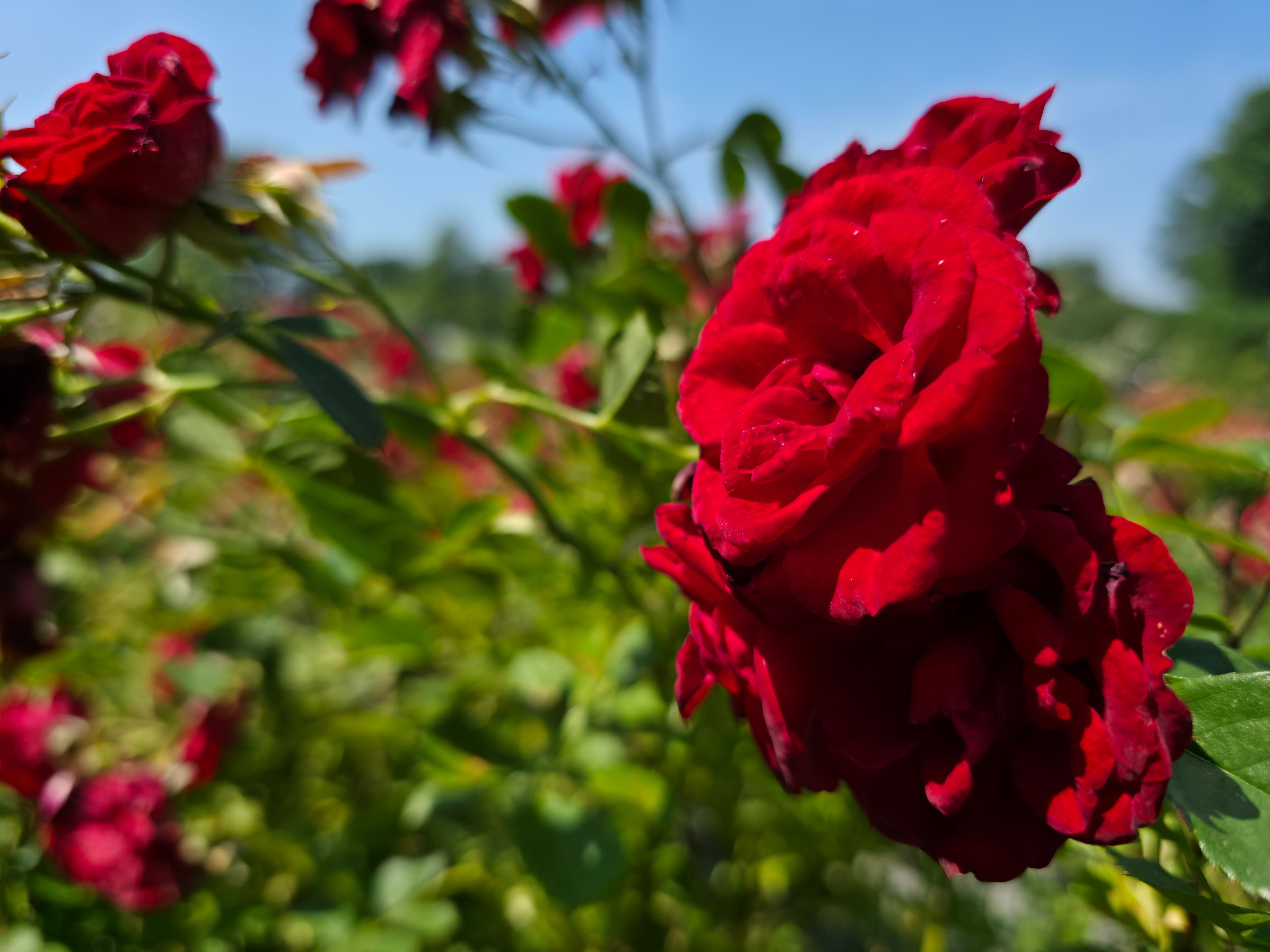
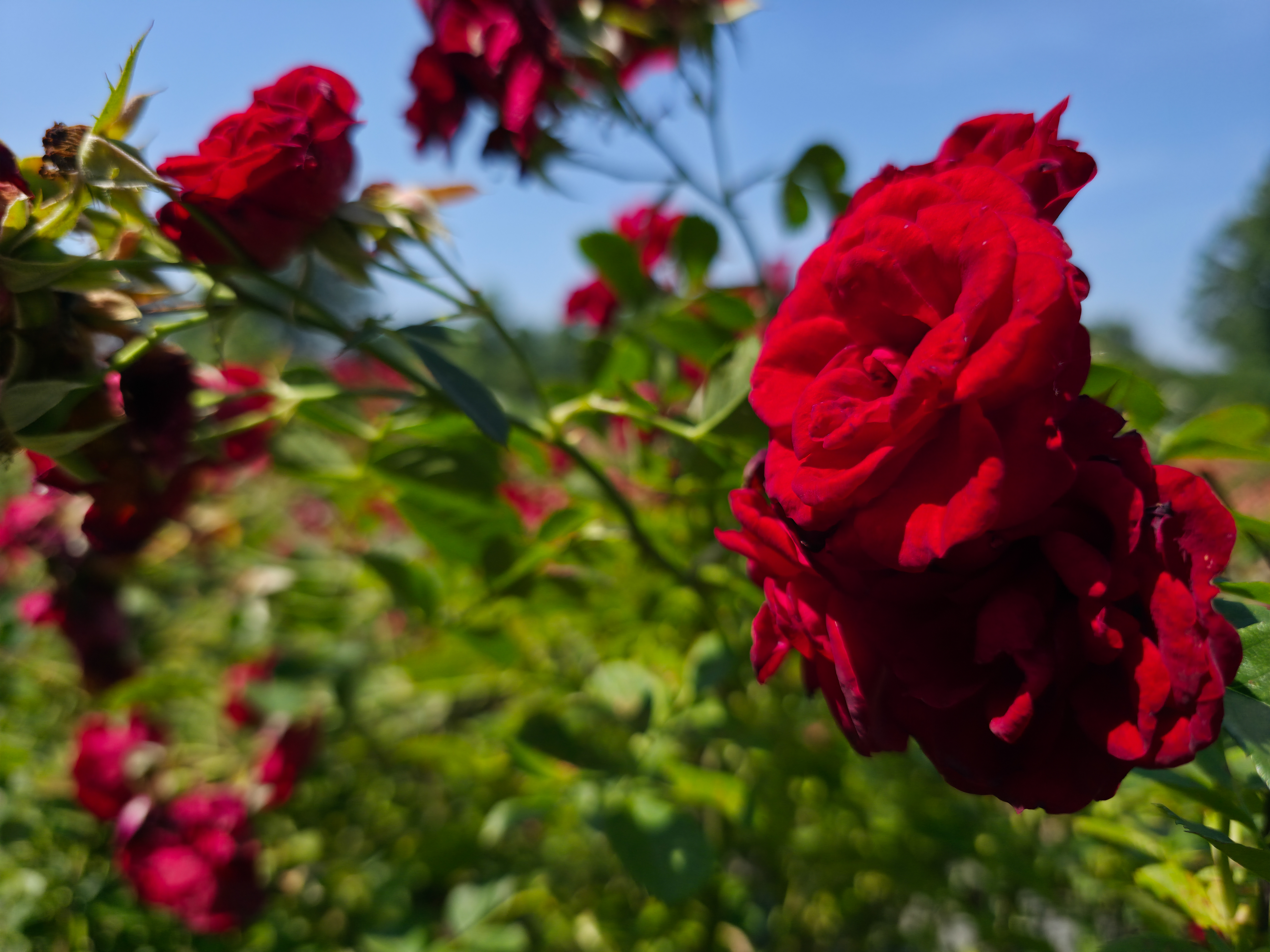
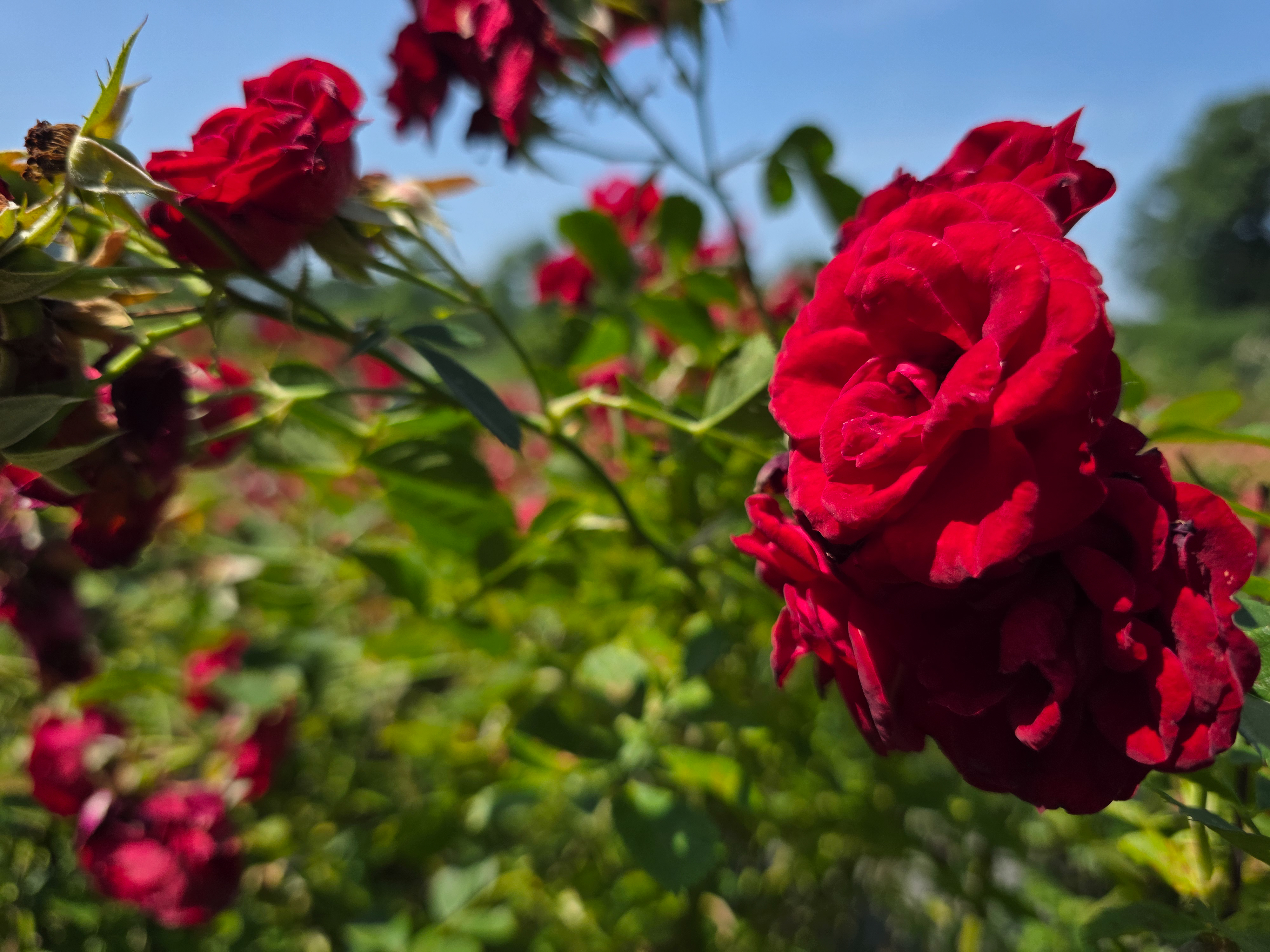
The Galaxy S25 Ultra was the most dramatic example. While you can easily switch to 50MP or 200MP modes right in the camera app, you should avoid it.
As I cranked up the megapixels, the photos became noticeably darker, affecting everything from color to level of detail.
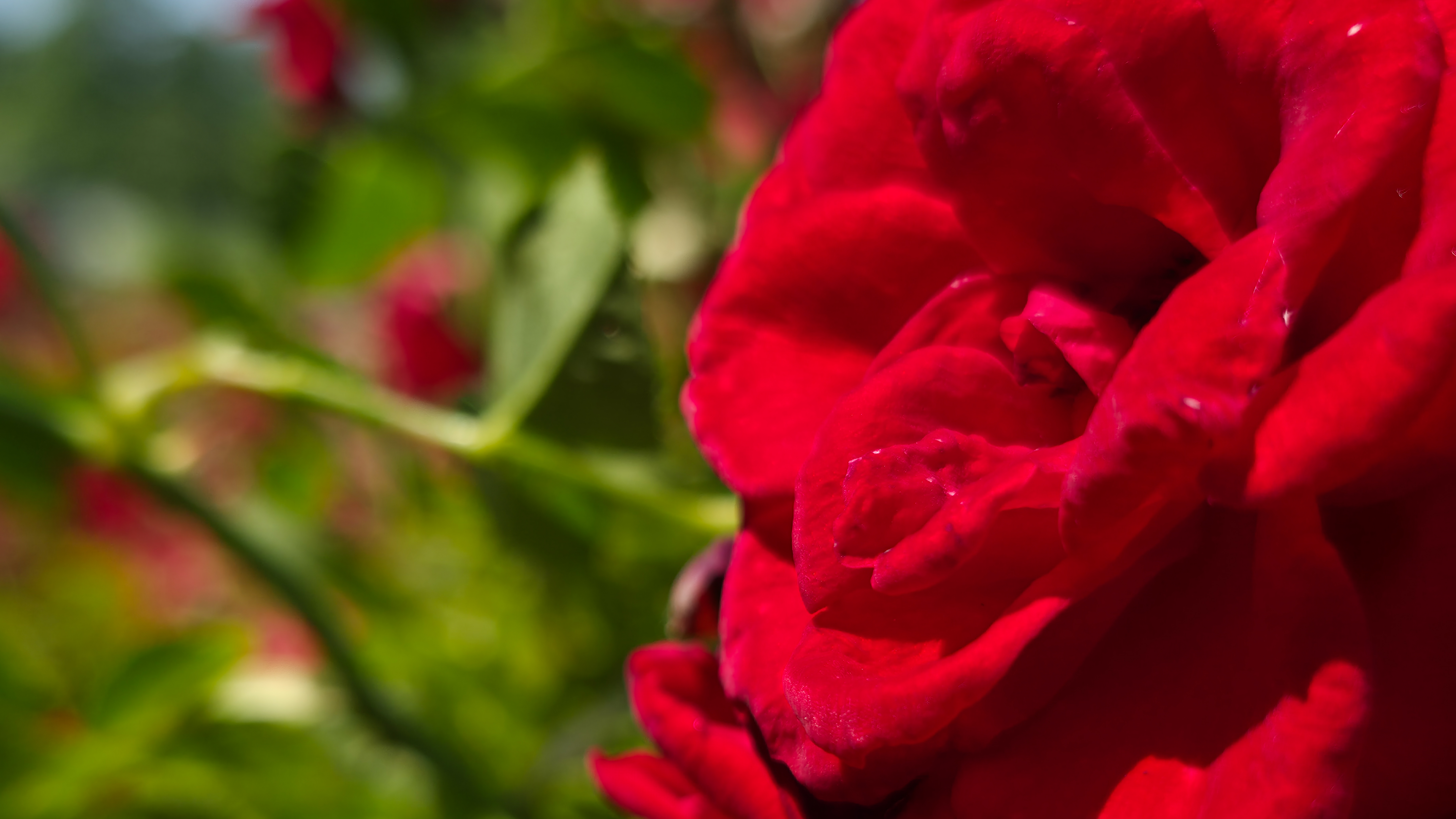
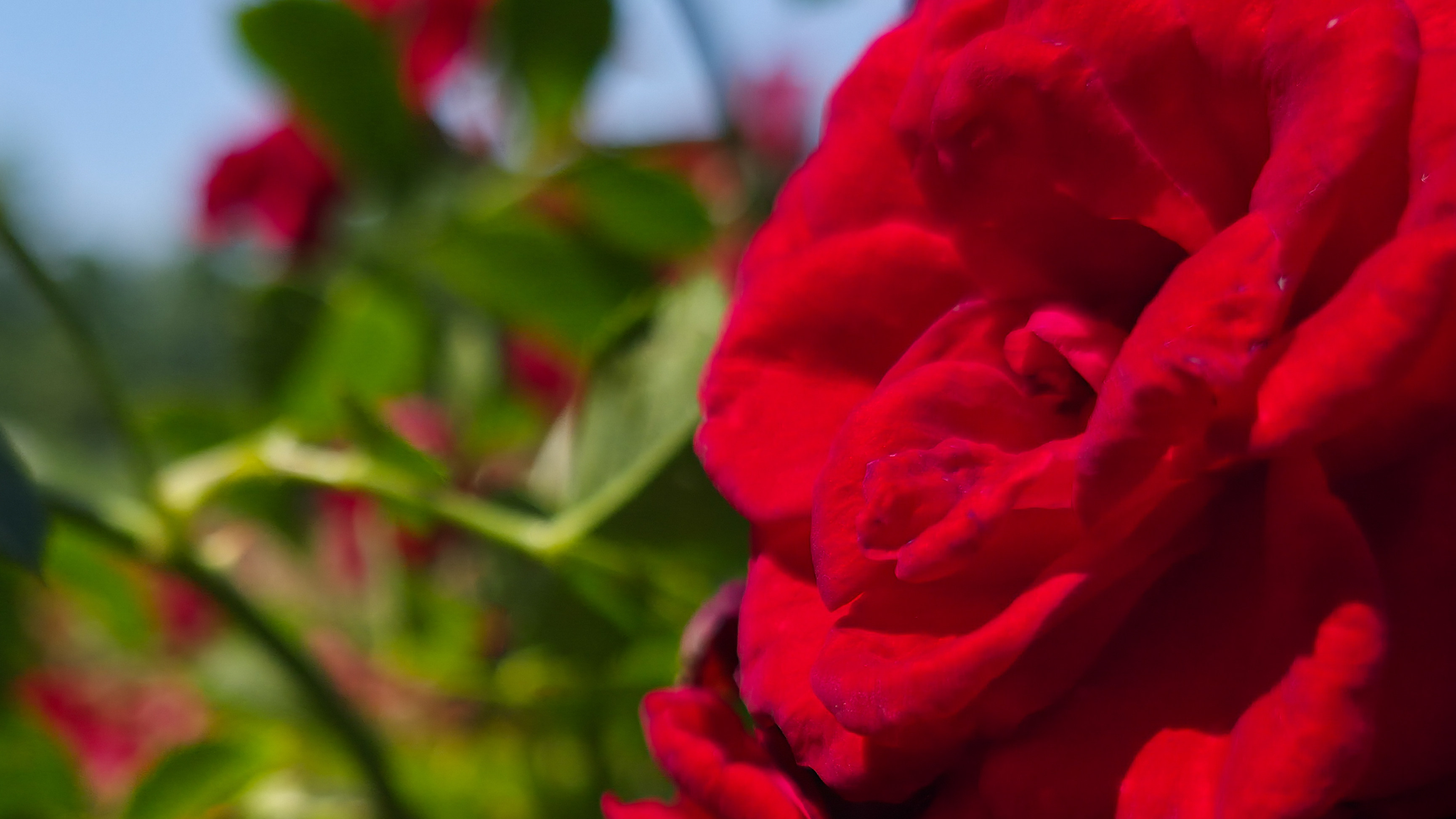
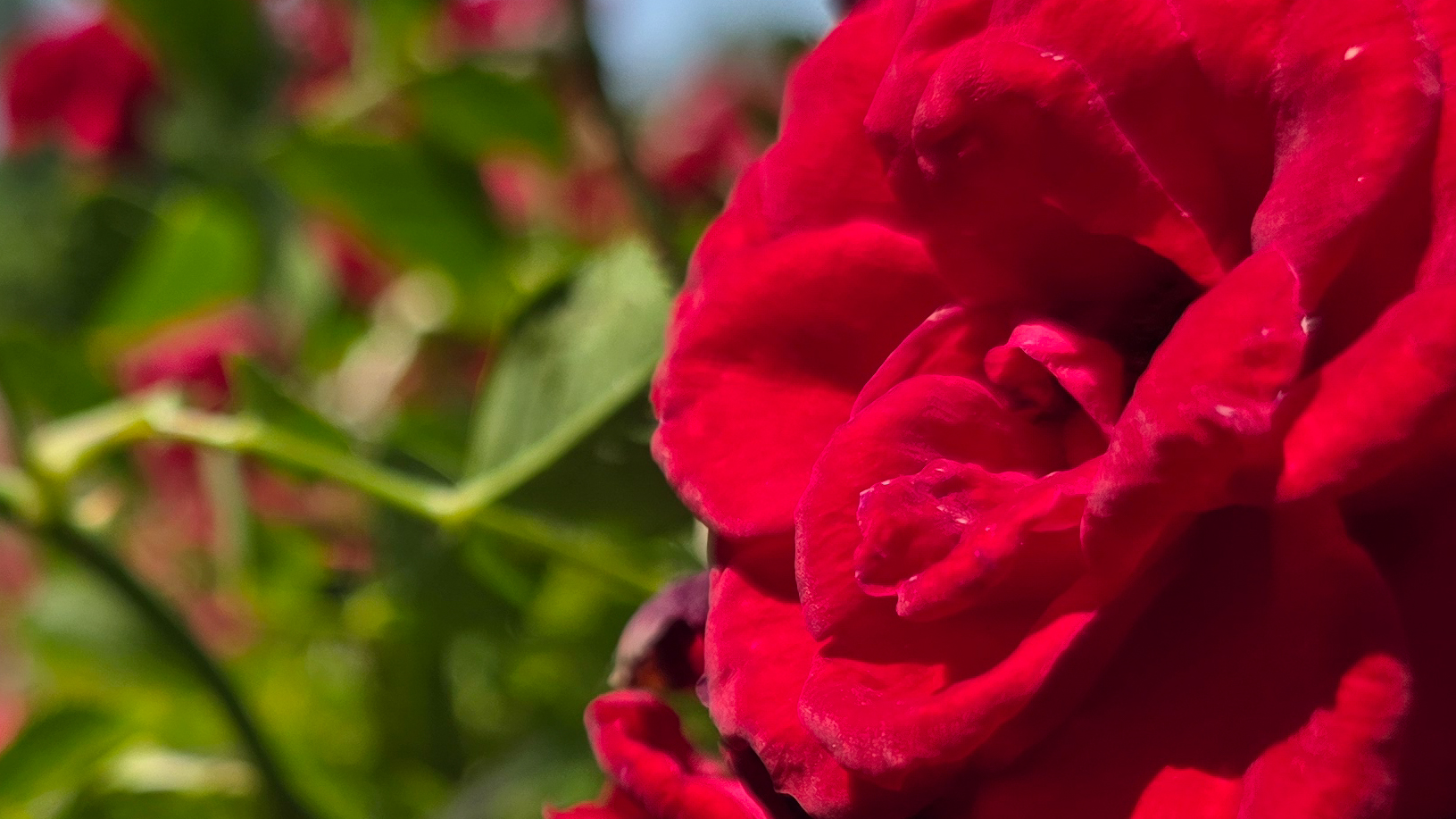
At 200MP, I could actually see less detail in my flower photos. A tiny beetle crawling on a petal was reduced to a black blob. The 200MP sensor is fantastic for creating a sharp 12MP image, but it's useless for shooting at the full 200MP resolution.
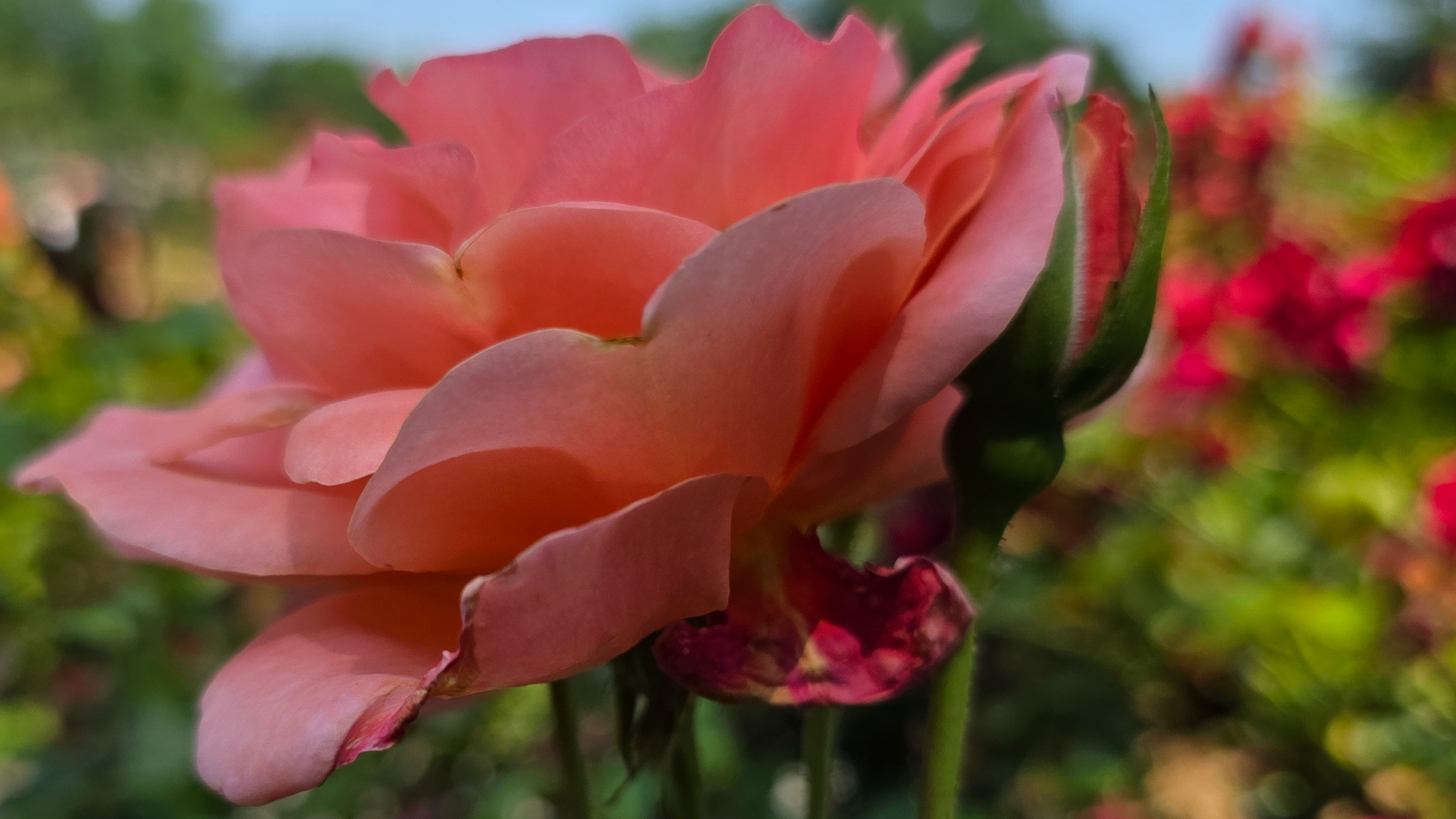
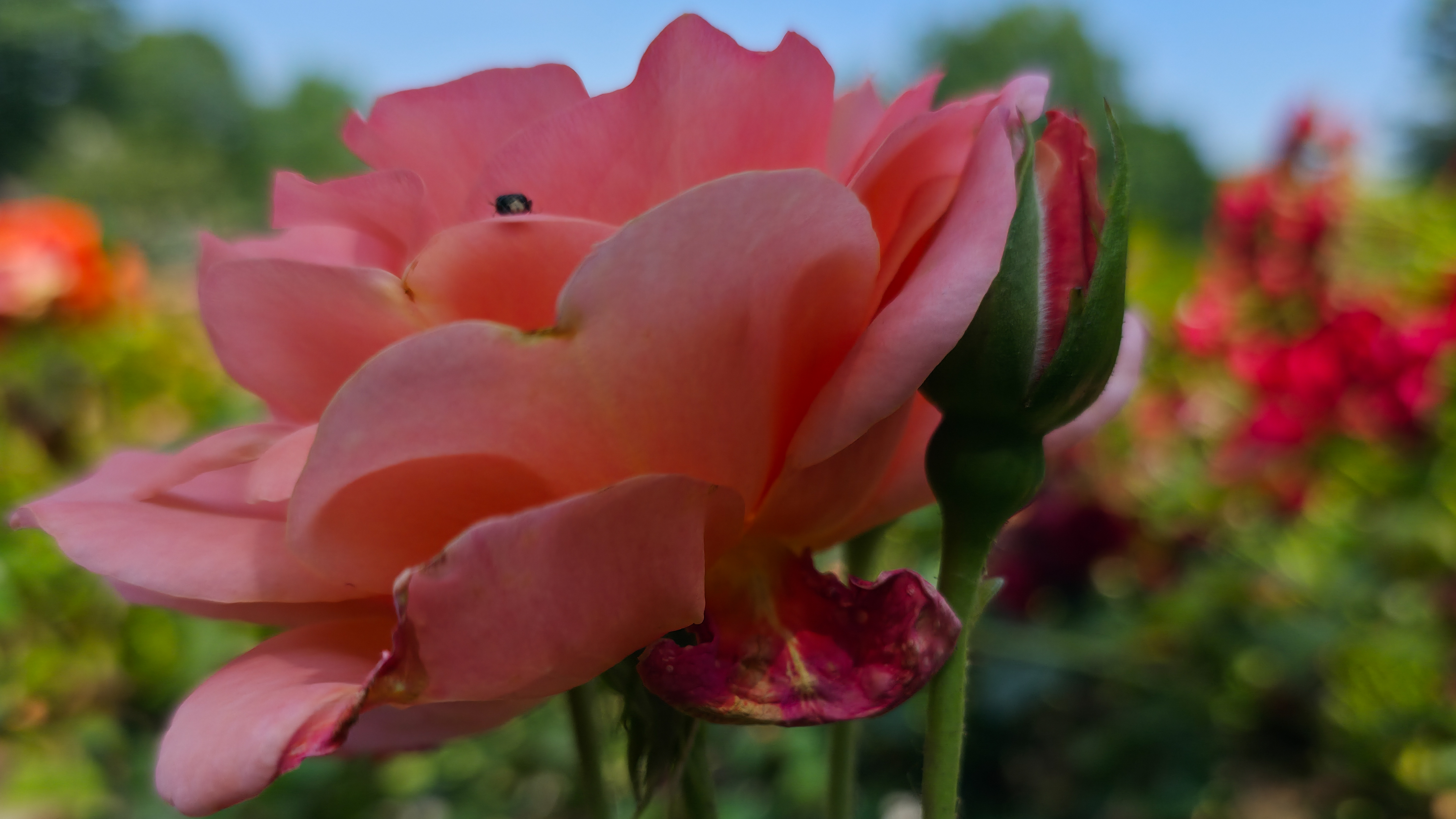

The iPhone’s 48MP mode is a storage hog
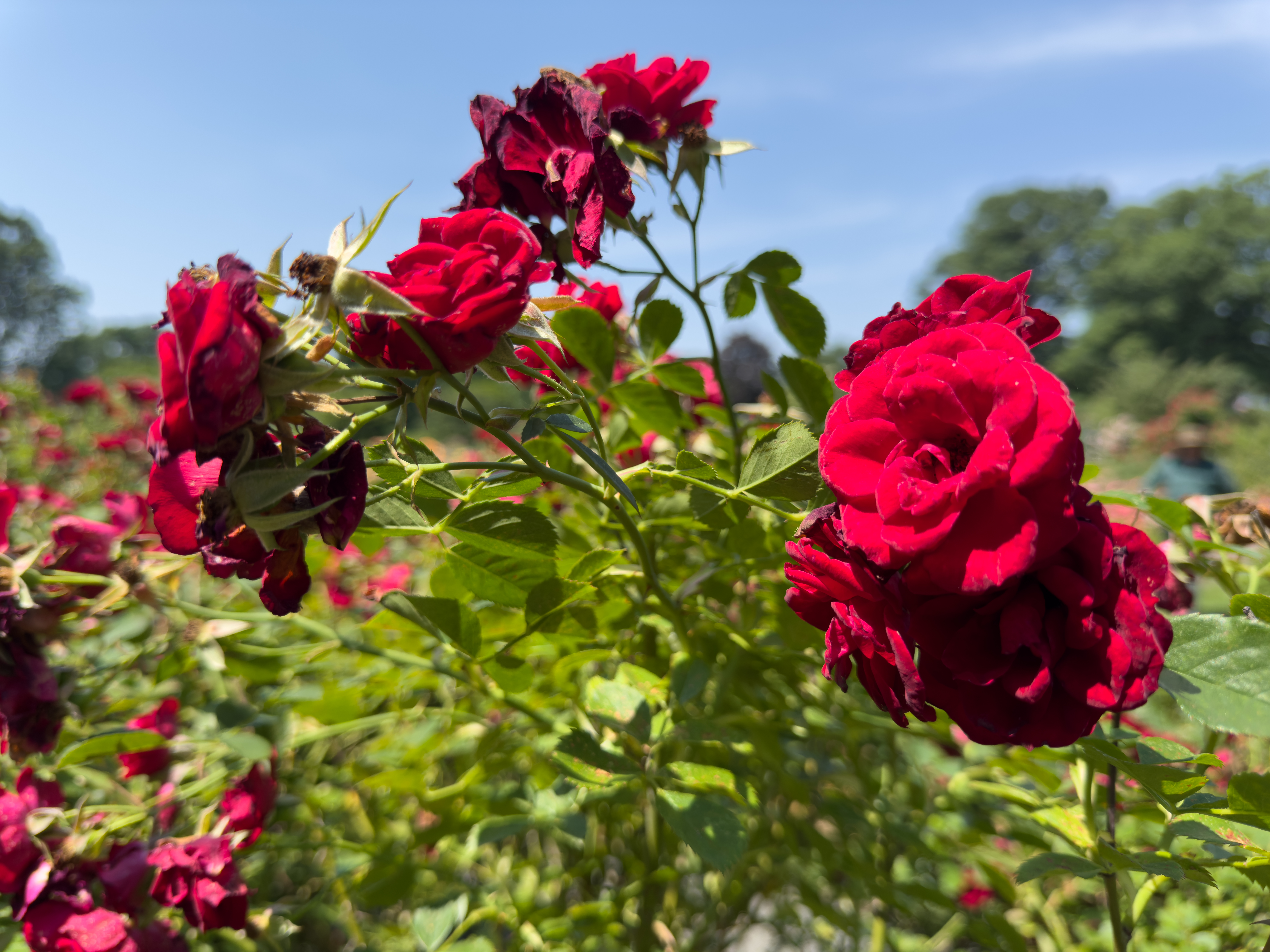
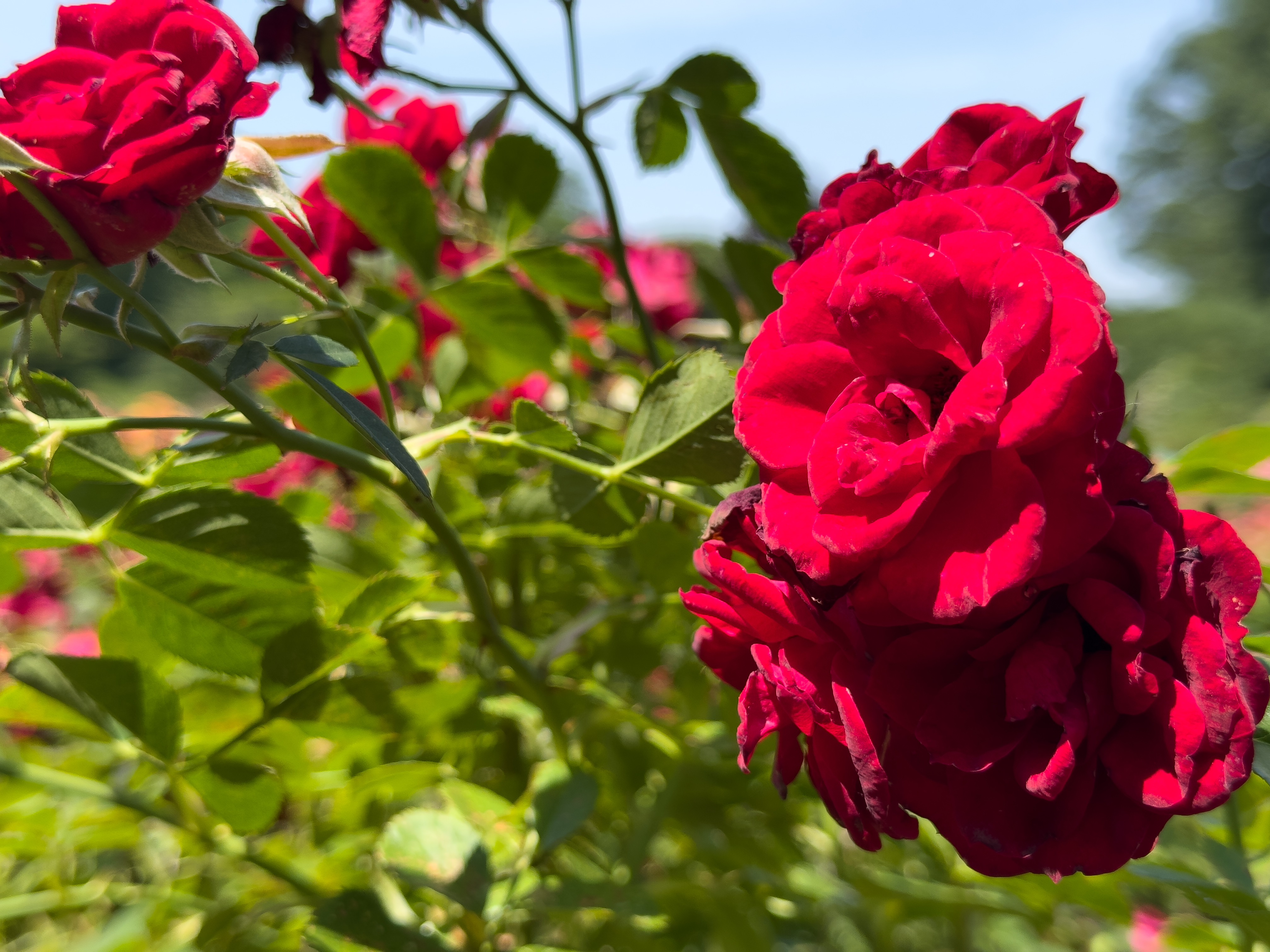
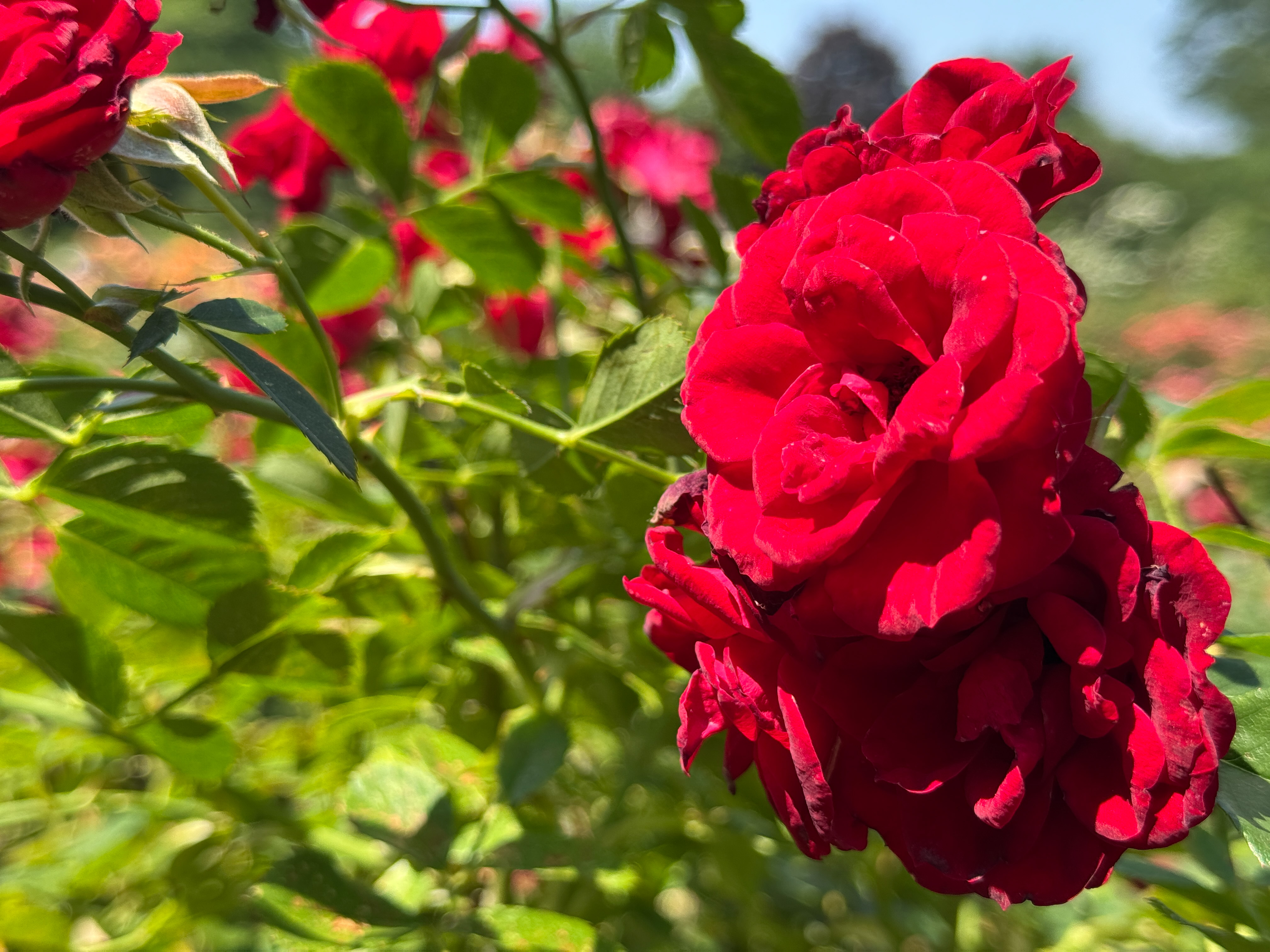
The iPhone 16 Pro Max didn't fare much better. To even access its 48MP ProRAW mode, you have to dive deep into the Settings app. Once you do, the trade-off is terrible.
The 48MP photo wasn't bad, but it offered no real benefit over the excellent 12MP shots. The real shock was the file size: one 48MP ProRAW file was a massive 65MB, while the same shot at 12MP was only 5MB. Unless you bought the biggest iPhone, this mode will eat your storage for breakfast.
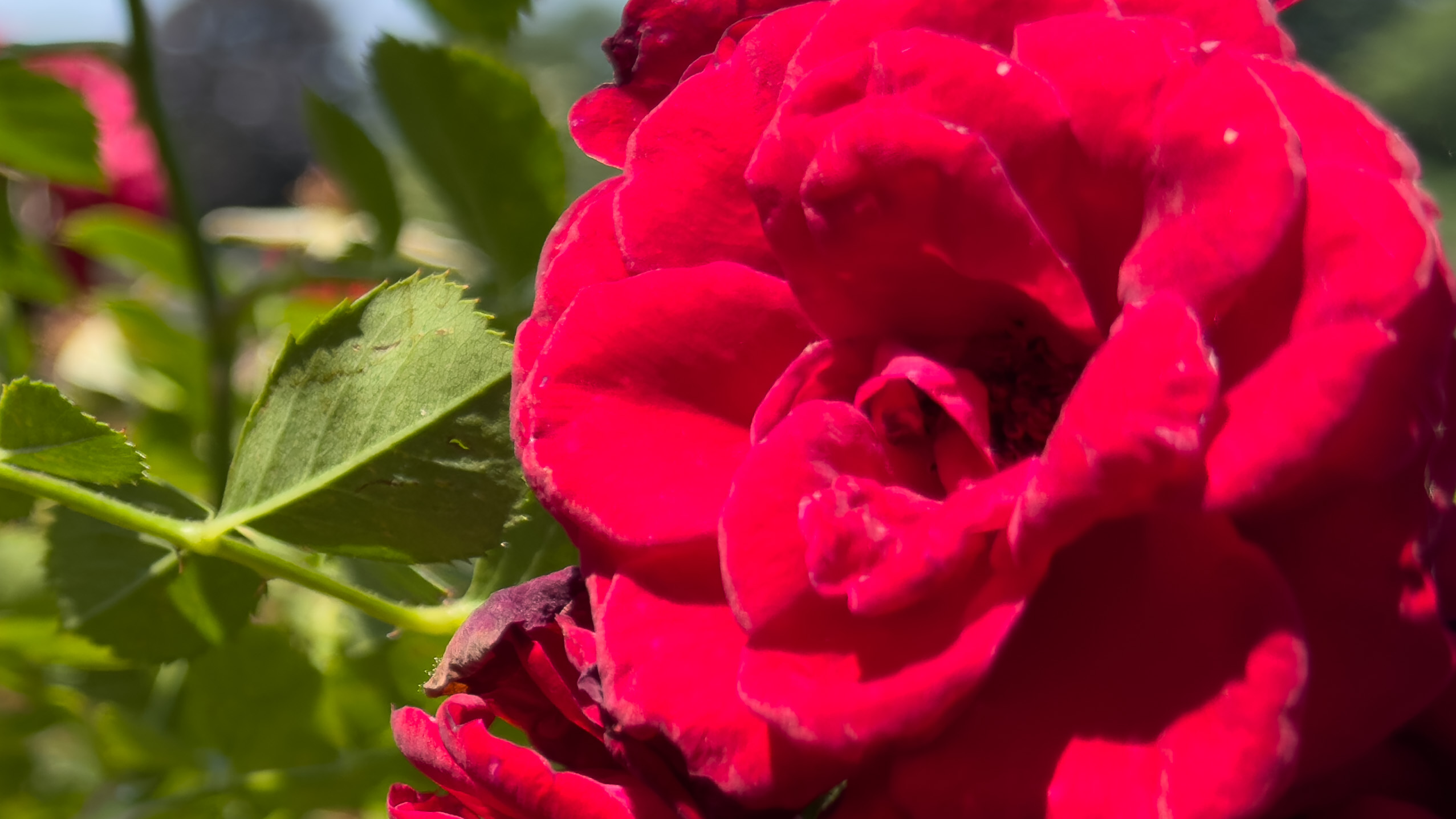
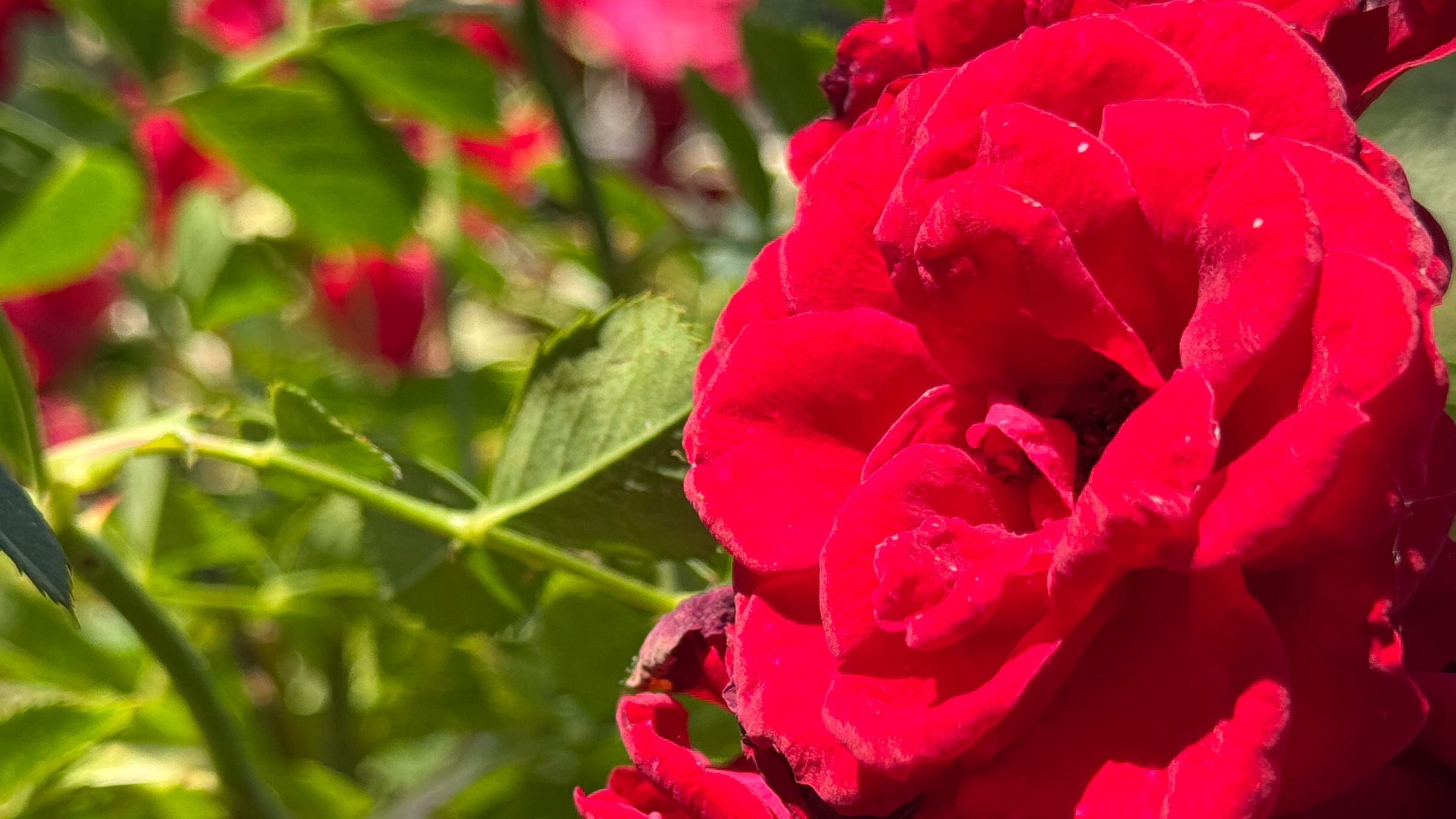
Another big problem with the iPhone 16 Pro Max was its poor focal distance. I just couldn't get close enough to my subjects with the main 48MP camera to take the same shots I was taking with the other camera phones. The iPhone needs an extra inch or so away from the subject to focus properly.
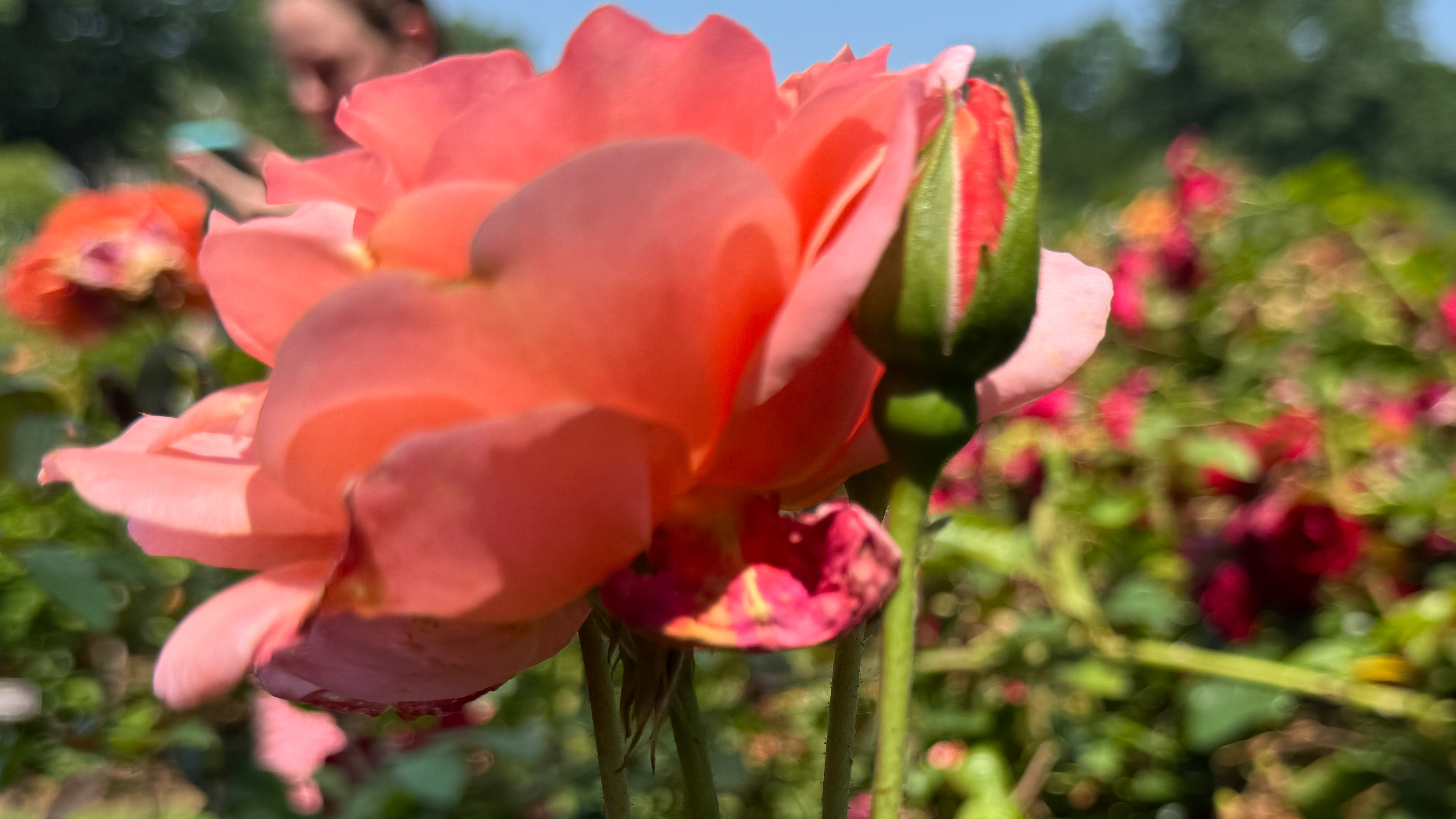
The iPhone had trouble focusing up close on this flower with the 48MP main camera

I stepped back and used the 2X zoom lens, which creates a 12MP photo
The OnePlus 13 tries too hard
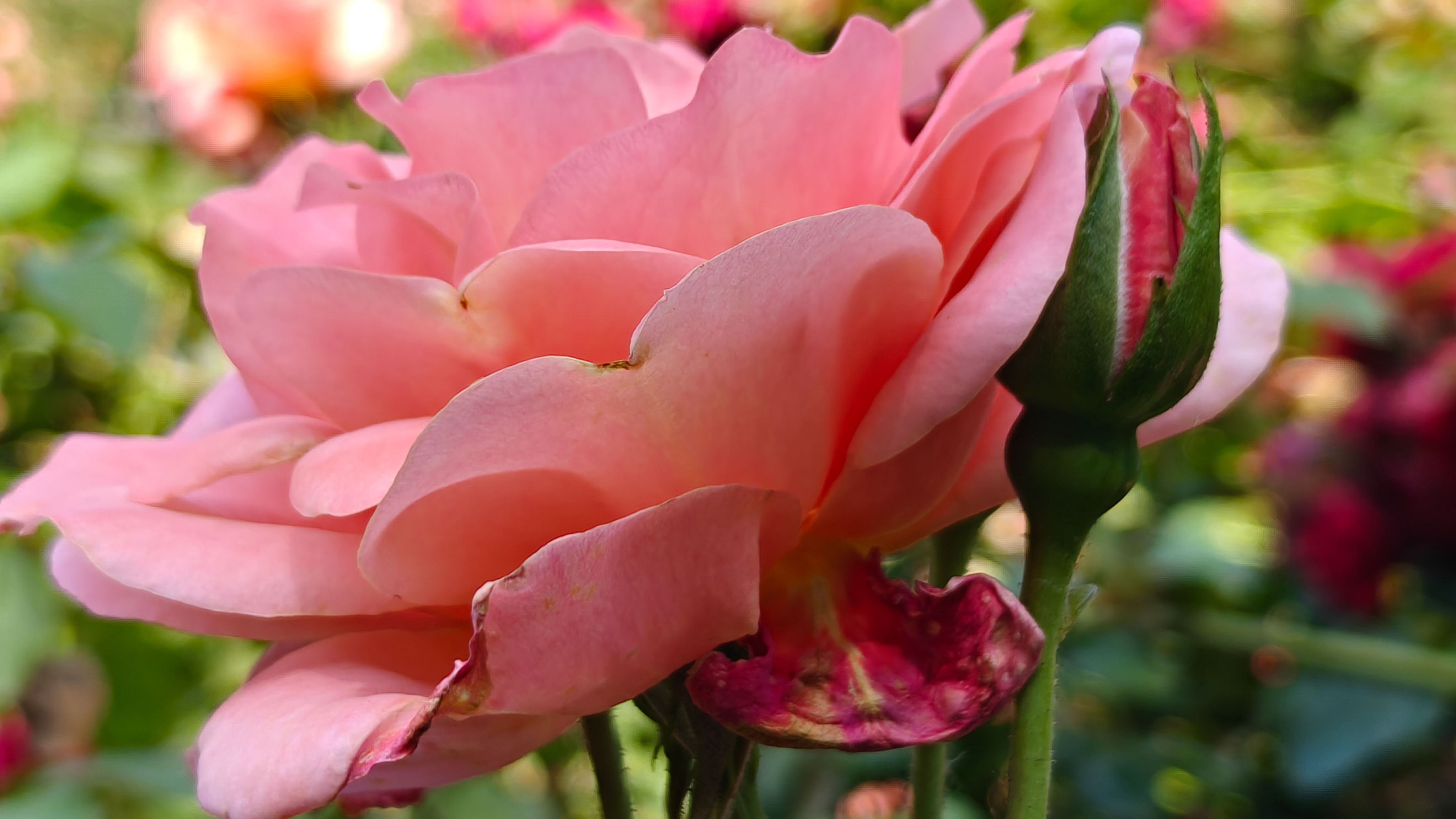
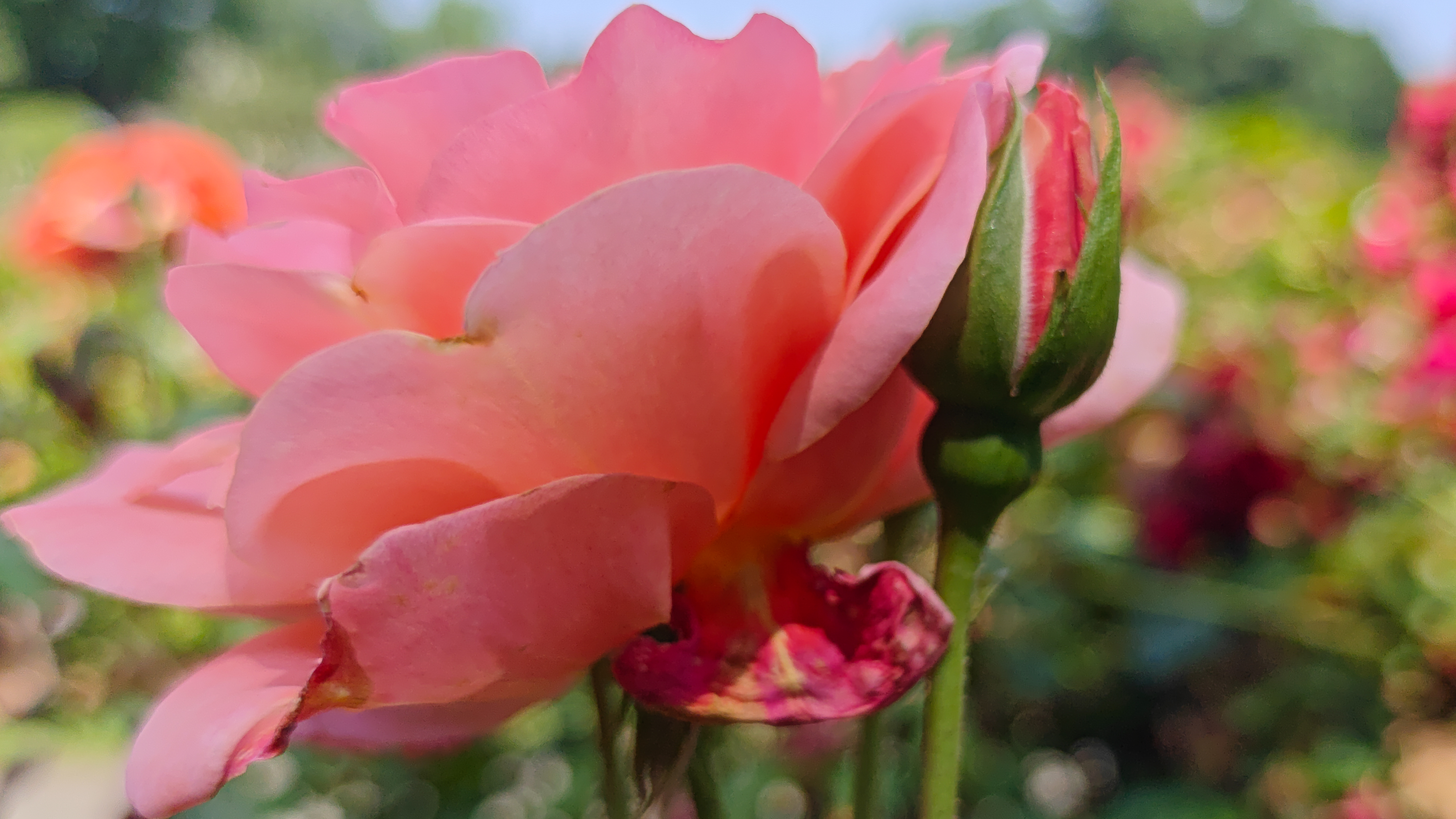
The OnePlus 13 produced one of my favorite photos of the day at its standard 12MP resolution, balancing color and light for a beautiful, artistic shot.
But when I switched to its 50MP "Hi-Res" mode, the phone seemed to try too hard. The image was overexposed, and the background blur looked artificial. Again, 12MP was the clear winner.
The surprising winner: Google's Pixel 9 Pro nails high-res

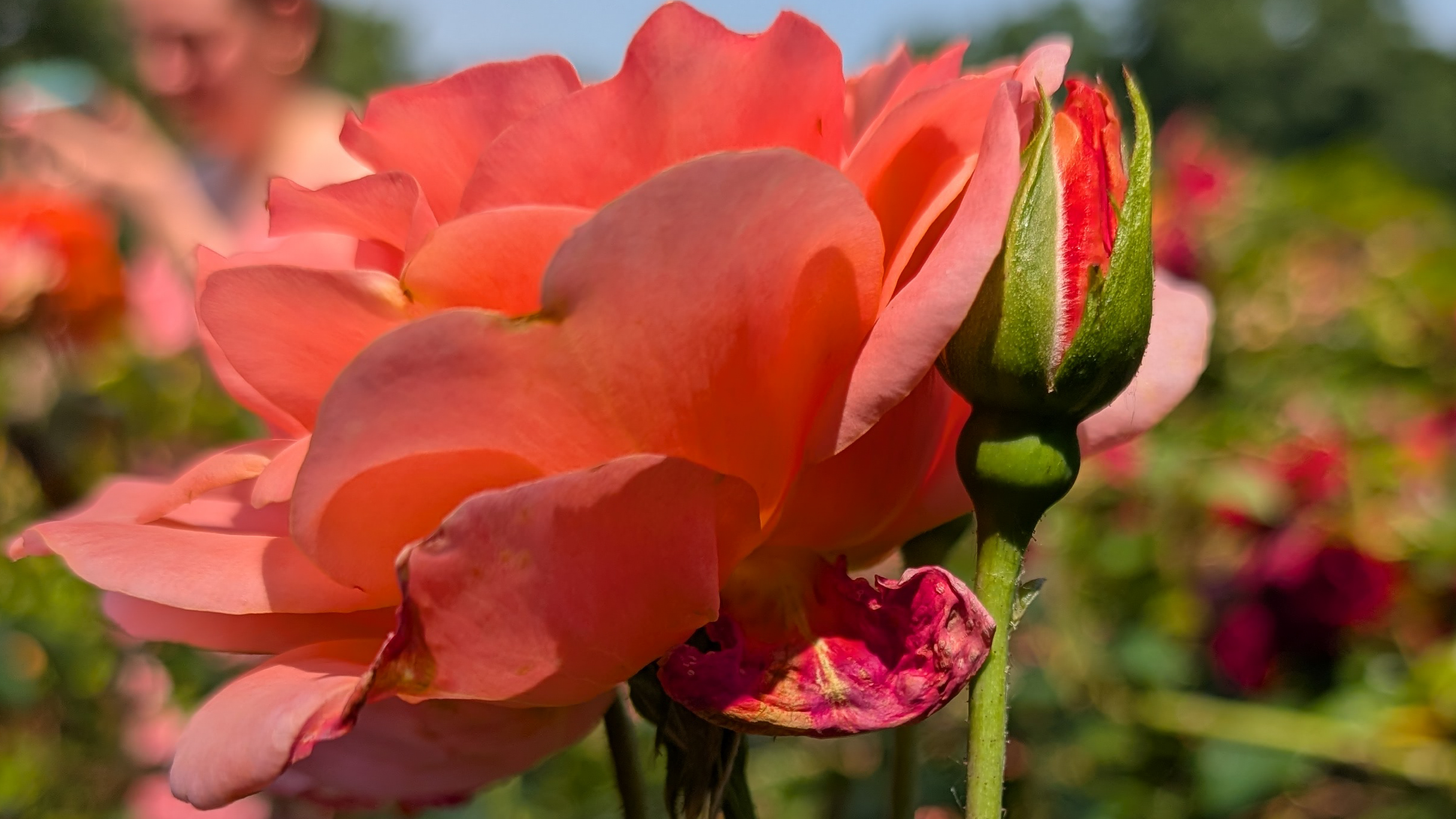
Of the four phones I tested, only the Google Pixel 9 Pro seemed to really benefit from using its highest resolution. While its 12MP photos were very good, the camera really nailed the 50MP shots. I saw even more natural background blur (bokeh) and a sharper depth of field.
Best of all, Google is frugal with its file sizes. The 50MP images were usually less than 5MB – the same as the iPhone's 12MP JPEGs. On the Pixel, shooting at high resolution is all upside.
The verdict...
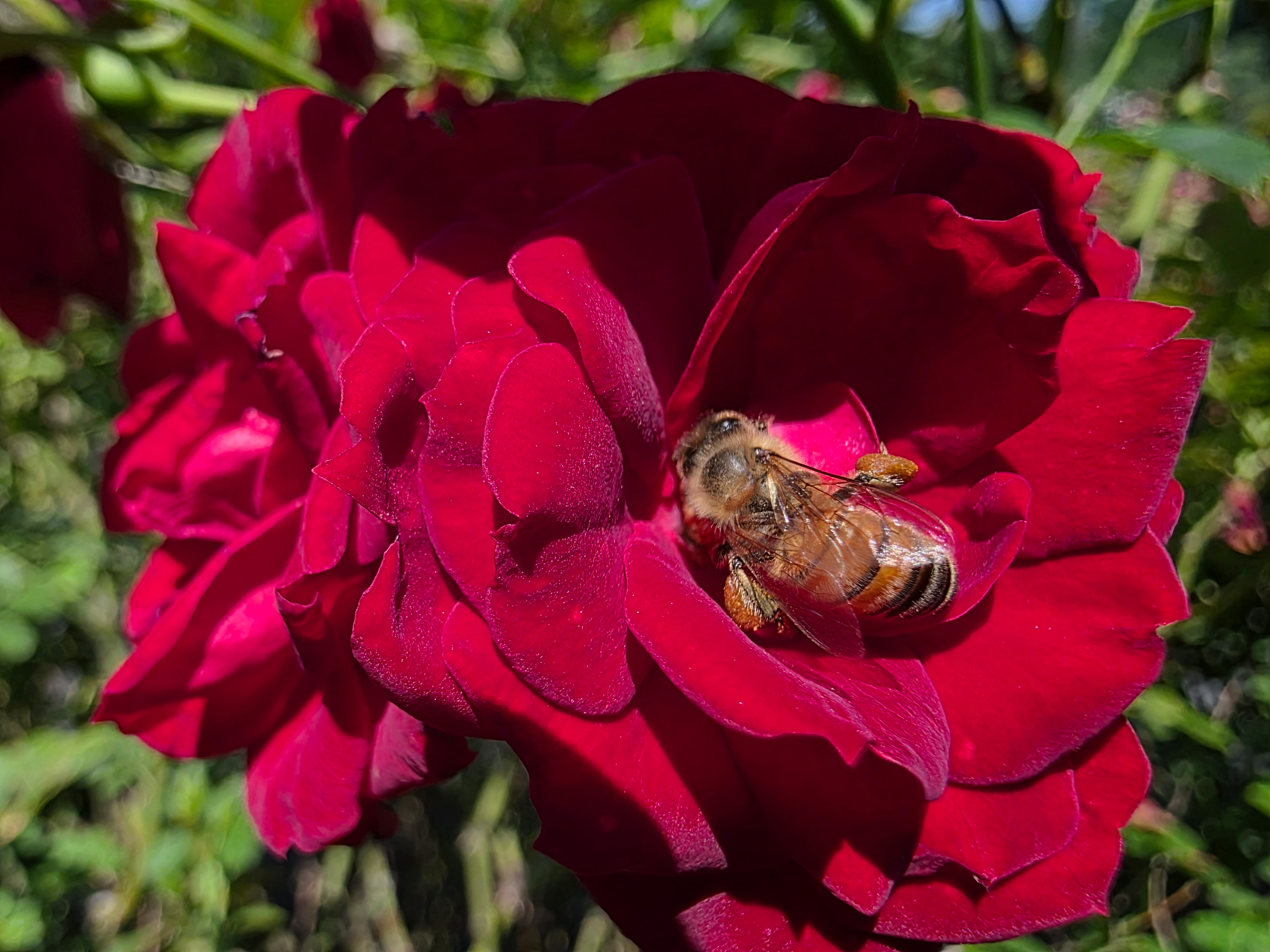
The megapixel race is great for marketing, but don’t think you’ll be getting all of those megapixels into one photo.
For the Samsung Galaxy S25 Ultra, iPhone 16 Pro Max, and OnePlus 13, you should stick to the standard 12MP photo mode. You'll get better-looking photos and save a huge amount of storage space.
If you have a Google Pixel 9 Pro, feel free to use the 50MP mode. It’s the only phone where more megapixels actually delivered a better photo without any downsides.
You might also like
- The best camera phone 2025: we've tested all the top smartphones for photos and video
- I tested iPhone 16 Pro Max, Galaxy S25 Ultra, and more on a sunny day, and here’s the one I’d buy for outdoor photography
- I review all the leading camera phones, but I think Samsung and Apple should just copy the Fujifilm X100VI already

Starting more than 20 years ago at eTown.com. Philip Berne has written for Engadget, The Verge, PC Mag, Digital Trends, Slashgear, TechRadar, AndroidCentral, and was Editor-in-Chief of the sadly-defunct infoSync. Phil holds an entirely useful M.A. in Cultural Theory from Carnegie Mellon University. He sang in numerous college a cappella groups.
Phil did a stint at Samsung Mobile, leading reviews for the PR team and writing crisis communications until he left in 2017. He worked at an Apple Store near Boston, MA, at the height of iPod popularity. Phil is certified in Google AI Essentials. His passion is the democratizing power of mobile technology. Before AI came along he was totally sure the next big thing would be something we wear on our faces.
You must confirm your public display name before commenting
Please logout and then login again, you will then be prompted to enter your display name.